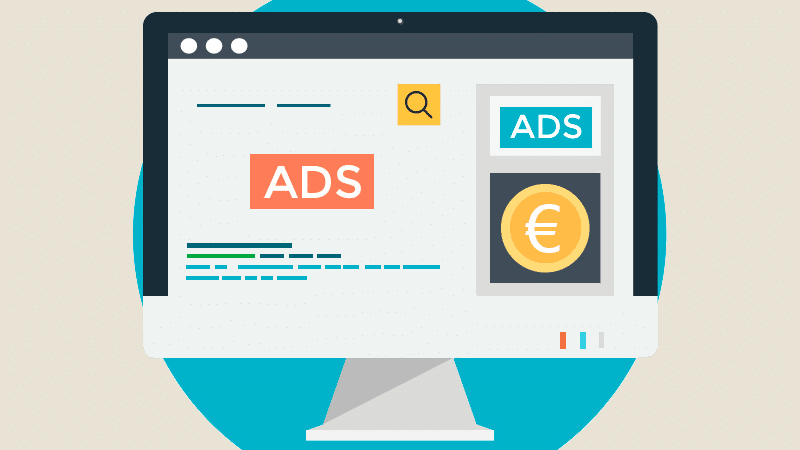How to Start with Digital Marketing

Introduction
Digital marketing has become an essential skill for businesses looking to succeed in today’s online world. From social media to email campaigns, digital marketing encompasses a wide range of strategies and tactics. For beginners, knowing where to start can seem overwhelming.
In this article, we'll break down the key steps and strategies you need to get started with digital marketing and start building your online presence.
Step 1: Understand the Basics of Digital Marketing
Before diving into digital marketing, it's important to understand what it involves. Digital marketing is a broad field that includes several components like:
- Search Engine Optimization (SEO)
- Pay-Per-Click (PPC) Advertising
- Content Marketing
- Social Media Marketing
- Email Marketing
Each component focuses on reaching your audience online and driving specific goals like website traffic, leads, or sales. Understanding how these strategies work together will set a solid foundation for your digital marketing journey.
Step 2: Identify Your Target Audience
To create an effective digital marketing strategy, you need to understand who your target audience is. Ask yourself:
- Who are they?
- What are their pain points?
- Where do they spend their time online?
- What type of content resonates with them?
Use market research and analytics tools to identify your ideal customers. Once you know your audience, you can tailor your marketing strategies to better engage with them.
Step 3: Create a Digital Marketing Plan
A well-thought-out plan is crucial for success in digital marketing. Your plan should include:
- Goals and Objectives: What do you want to achieve (e.g., brand awareness, lead generation, sales)?
- Budget: How much can you afford to spend on digital marketing?
- Marketing Channels: Which channels will you use (social media, email, SEO, etc.)?
- Metrics: How will you measure success (e.g., traffic, conversion rates, sales)?
Having a structured plan will help keep your efforts focused and measurable.
Step 4: Build Your Online Presence
Your website and social media profiles are the foundation of your online presence. Make sure your website is user-friendly, mobile-optimized, and easy to navigate. It should clearly explain your product or service and provide a seamless user experience.
On social media, create profiles on platforms where your target audience is most active. Consistently post content, engage with followers, and use paid ads to expand your reach.
Step 5: Start Learning SEO and Content Marketing
Search Engine Optimization (SEO) is essential for driving organic traffic to your website. It involves optimizing your website to rank higher on search engine results pages (SERPs). Learning the basics of SEO, including keyword research, on-page SEO, and link building, will give you the foundation you need.
Content marketing goes hand-in-hand with SEO. By creating high-quality, relevant content, you can drive traffic, build trust with your audience, and improve SEO. Blogging, creating videos, and publishing case studies are all effective content strategies.
Step 6: Engage in Social Media Marketing
Social media is an effective tool for connecting with your audience and driving traffic. Start by choosing the right platforms based on where your audience is. For example, Facebook, Instagram, and LinkedIn are great for B2C businesses, while LinkedIn and Twitter are better suited for B2B.
Create engaging content like posts, stories, and videos to build your brand. Respond to comments, share user-generated content, and run paid ads to expand your reach.
Step 7: Invest in Paid Advertising
While organic methods like SEO and content marketing are important, paid advertising can give you faster results. Platforms like Google Ads, Facebook Ads, and Instagram Ads allow you to target specific demographics and reach a larger audience.
When starting with paid ads, focus on defining your target audience and setting a clear budget. Experiment with different ad formats to find out what works best for your business.
Step 8: Measure and Analyze Your Results
It’s important to track the success of your digital marketing efforts. Use tools like Google Analytics, social media insights, and email marketing reports to monitor your performance.
Look at metrics such as:
- Traffic
- Conversion rates
- Return on investment (ROI)
Analyze your results to understand what’s working and what needs improvement. Continuously adjust your strategies to maximize your outcomes.
Conclusion
Starting with digital marketing might seem like a big task, but by taking it step by step, you’ll be able to build a successful strategy. Focus on understanding the basics, identifying your target audience, and developing a clear plan. As you grow, keep learning, experimenting, and analyzing your results to stay ahead of the competition.
Digital marketing is an ever-evolving field, and with the right approach, you can establish a strong online presence and achieve your business goals.




